New bases stretch the US Air Force's reach
The US Air Force has been scouring the Pacific for new bases to help it dodge China's missiles, but more outposts means more demand on limited resources.
Years of work to restore WWII-era airfields on the island of Tinian are coming to fruition for the US Air Force, which has been scouring the Pacific to find new operating locations in what military leaders say is their priority theater.
The search for new outposts is a response to the growing reach of the Chinese military, which has an arsenal of long-range missiles that can threaten many of the US’s established bases in the Pacific.
Revitalizing airfields like those on Tinian will give the Air Force more options to spread out and make it harder for China to target its forces. But Air Force officials say that bringing old bases back to life while maintaining operations at their main hubs has required hard choices about how to use already stretched resources.
‘Every Dirt Boy’s dream’
Along with Guam 120 miles to the south, Tinian is the US’s westernmost island, but while Guam has long hosted major US military facilities — like Andersen Air Force Base, which opened in 1944 — Tinian’s airfields, West Field and North Field, were largely shuttered soon after the war.
At West Field, now the site of Tinian International Airport, the US military has been working for several years to improve runways and build infrastructure so it can function as a “divert” airfield. About 65% of that construction is done and “concrete and asphalt work is in progress,” according to a recent update.
At North Field, mostly unused since 1946, only one of four runways remained serviceable and only for basic operations, but military engineers have been reclaiming it over the past year and a half, clearing vegetation and repaving surfaces to rehabilitate the airfield that launched the atomic bombings of Japan.
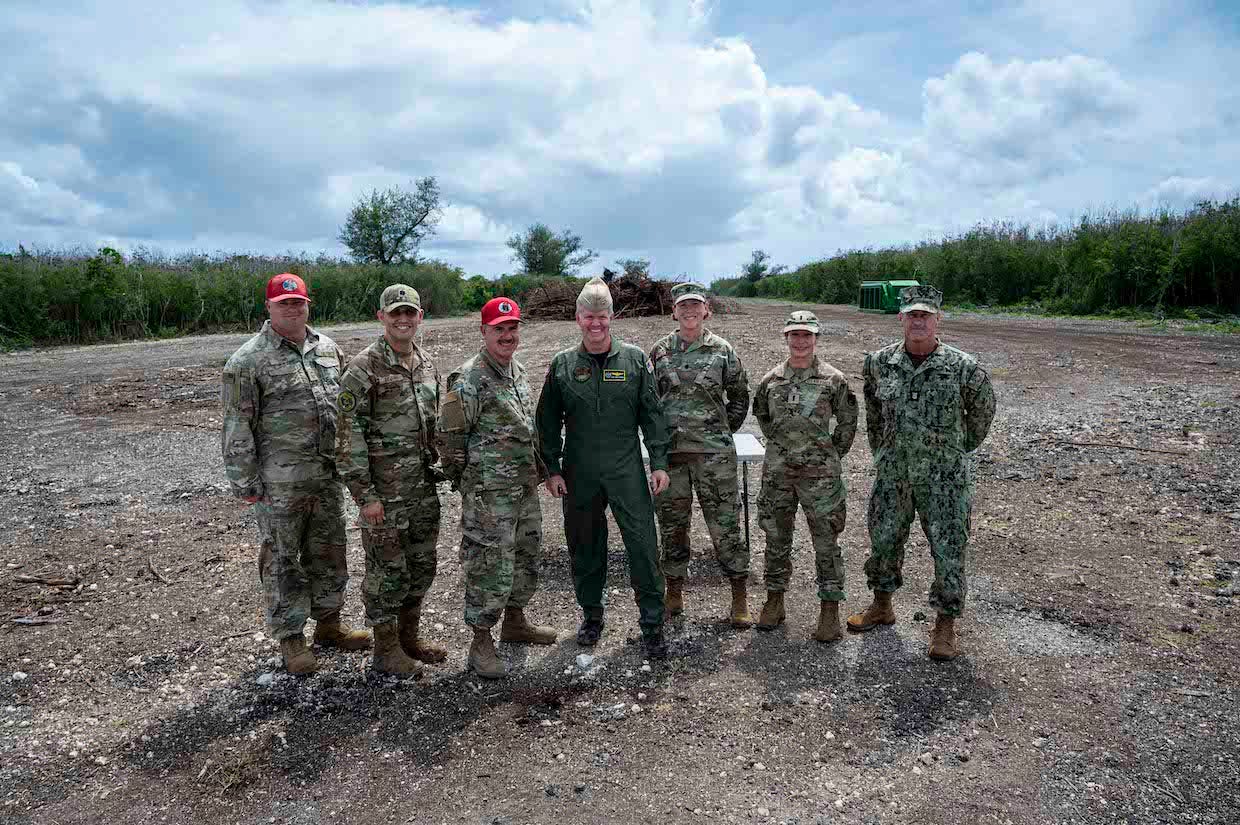
The Air Force’s top officer in the Pacific said in September 2023 that the service would be "clearing out the jungle" on North Field and resurfacing parts of it "so that we will have a very large and very functional” base for agile combat employment, the Air Force’s concept for dispersed operations.
The first Air Force engineers arrived to begin work at North Field at the end of November 2023, Tinian’s mayor said that December. The following February, a US Indo-Pacific Command official said equipment had been delivered to North Field and that US personnel were “moving into the execution phase of those projects.”
The Air Force said last spring that airmen were restoring more than “20 million square feet of degraded World War II pavement” so "the rejuvenated runway can serve as a power projection platform.” That work progressed from hacking through jungle with machetes to mark airfield boundaries using GPS coordinates to hauling away vegetation with bulldozers and dump trucks.
In an Air Force video about work at North Field posted in October, Senior Master Sgt. Zachary Long of the 513th Expeditionary RED HORSE squadron described it as “a huge scale” project: “We’re talking like 500 acres.” Airmen “run all of the heavy equipment,” Long added. “You can’t beat it. This is every Dirt Boy’s dream.”
Over the past year, about two dozen airmen have been on site at any one time removing vegetation that had “completely overgrown” the airfield, Col. Peter Joo, commander of the 356th Expeditionary Civil Engineer Group, told Stars and Stripes this month.
“There were full-grown ironwood trees and lots of scrub,” and the airfield was “in a very poor state from an engineering perspective,” Joo said, adding that “the ultimate plan is to rebuild major portions of the airfield to support modern aircraft.”
The Air Force said in a press release in late February said the 513th Expeditionary RED HORSE — short for “Rapid Engineer Deployable Heavy Operations Repair Squadron Engineers” — squadron had repaired and paved the East Access Road and the most damaged parts of Broadway Road, which was “important for facilitating future construction efforts and improving day-to-day operations” at North Field.
Airmen also worked with US Navy and Marine Corps engineers “to finalize repairs on North Field’s runways, taxiways, and aprons to restore the airfield’s operational capacity,” the release said. “With each paved road, restored runaway, and local bond strengthened, the mission of rehabilitating North Field to its former glory moves closer to fruition.”
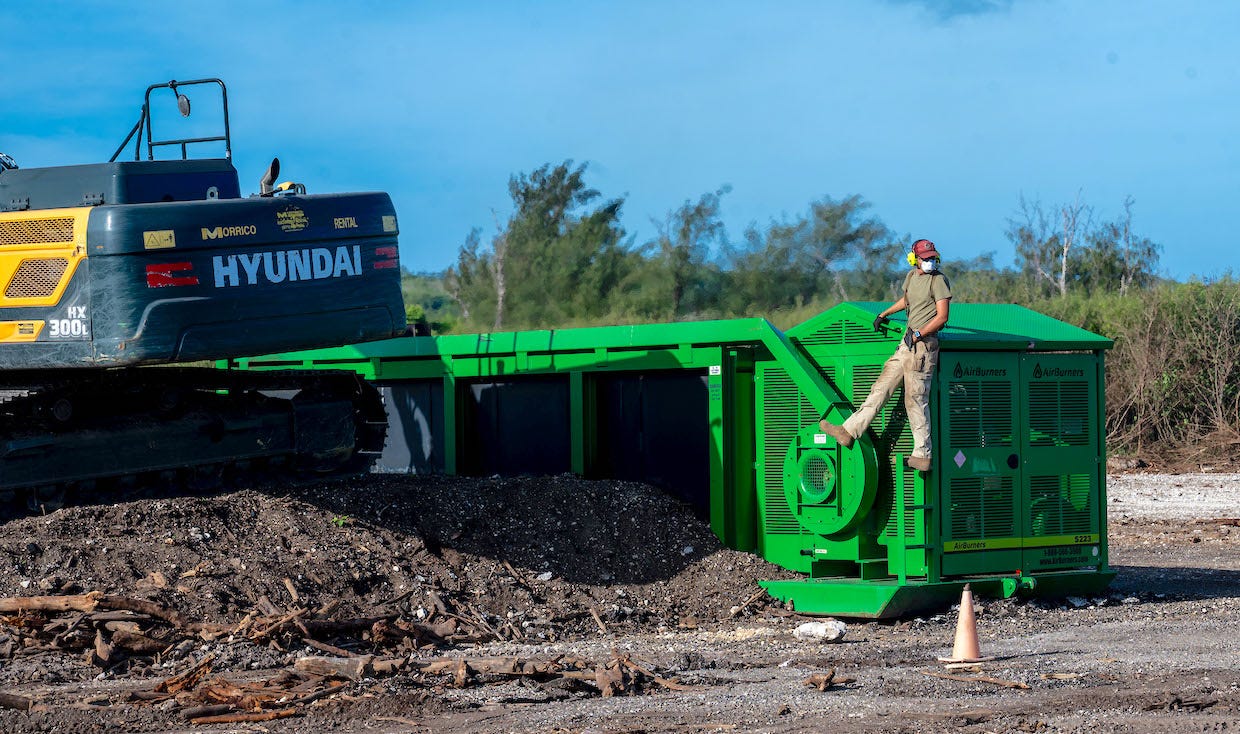
Work on North Field has had to account for unique conditions, including restrictions related to its historical landmark status and wildlife protections. Heat, humidity, and tough soil have also affected construction. Residents of the Commonwealth of the Northern Mariana Islands, of which Tinian is part, and other US territories in the Pacific — especially Guam — also worry about the environmental, economic, and social impacts of military construction and operations, and US officials have tried to address those concerns at North Field and in projects across the region.
The clearing of vegetation at North Field is set to finish by May, the Air Force told Stars and Stripes, though the service wants to continue that work for another six to nine months to give aircraft more wingtip clearance once runway repaving begins.
“This is the first time in decades that the military has laid asphalt on Tinian,” Tech Sgt. Cesar Cortes, 513th squadron crew lead for the road repair project, said in the release. “The experience gained here will be invaluable as we move on to larger-scale airfield rehabilitation.”
‘No easy decisions’
Outposts like Tinian are important for agile combat employment, as they give the Air Force facilities to which it can dispatch forces from its main operating bases, like Andersen on Guam. Air Force leaders say that being able to disperse will make it harder for an opponent to find and target their forces.
But setting up small, remote bases — which not only have to be restored but also equipped to support modern operations — puts new demands on the Air Force as it juggles an already limited pool of resources. A belief that the US military must be ready by 2027 — when Xi Jinping has told China’s military it needs to be capable of major combat operations against Taiwan — adds to the sense of urgency but further constrains the ways to address it.
Michael Winkler, deputy director for air and cyberspace operations at US Pacific Air Forces, said on a podcast last year that rehabilitation work on runways in the Second Island Chain, which includes Guam and the Northern Marianas, is being done by RED HORSE civil engineers using Operations and Maintenance funding “because that's executable inside of one year,” rather than as part of new Military Construction projects, which take longer to approve and execute.
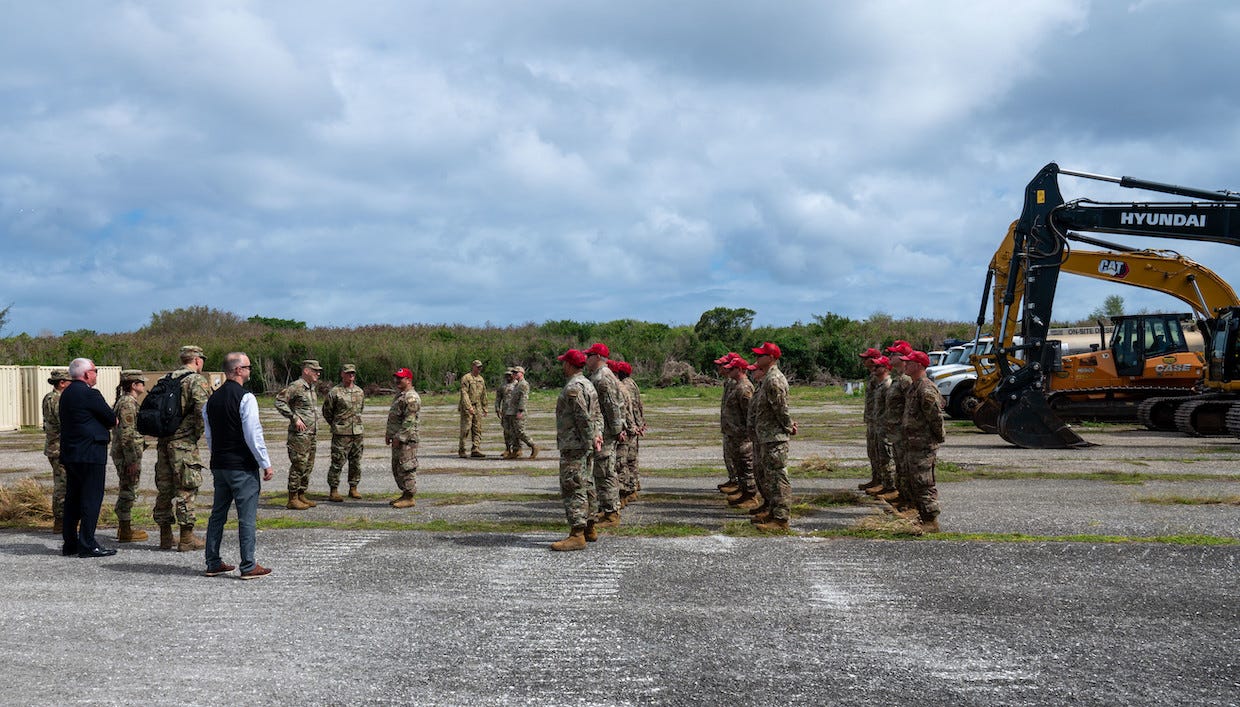
“The reality for us right now is if there's a period of concern in 2027 for the threat, we are past the point that MILCON is going to solve any of our problems,” Winkler said. PACAF, as the command is known, is “definitely interested” in building more hardened aircraft shelters, Winkler added, “but by the same token if that's too expensive and we can't fit it into our budget, we're not above taking half of a Quonset hut, putting 4 feet of soil or concrete on top of that, and calling that good enough.”
At a conference in Colorado this month, PACAF’s commander, Gen. Kevin Schneider, described Air Force leadership discussions about apportioning resources between established bases and new, less-developed outposts as “a little bit of an internal book-keeping effort” and said there were “no easy decisions” about how to divide them.
PACAF still needs its main bases and resources to support and defend them, Schneider said, but it also needs to be able to “disaggregate the force” from those bases to “austere locations” to improve its survivability and to give military leaders more “response options” in a crisis or conflict.
“Both of those cost money, and we in the Air Force have been having to make internal trades — certainly in the Indo-Pacific — as to do we put that dollar toward fixing the infrastructure at Kadena [air base in Japan] or do we put that dollar toward restoring an airfield at Tinian in the Second Island Chain?” Schneider said. “Those are things that we continue to balance.”


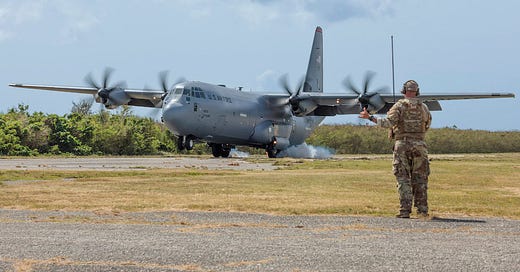

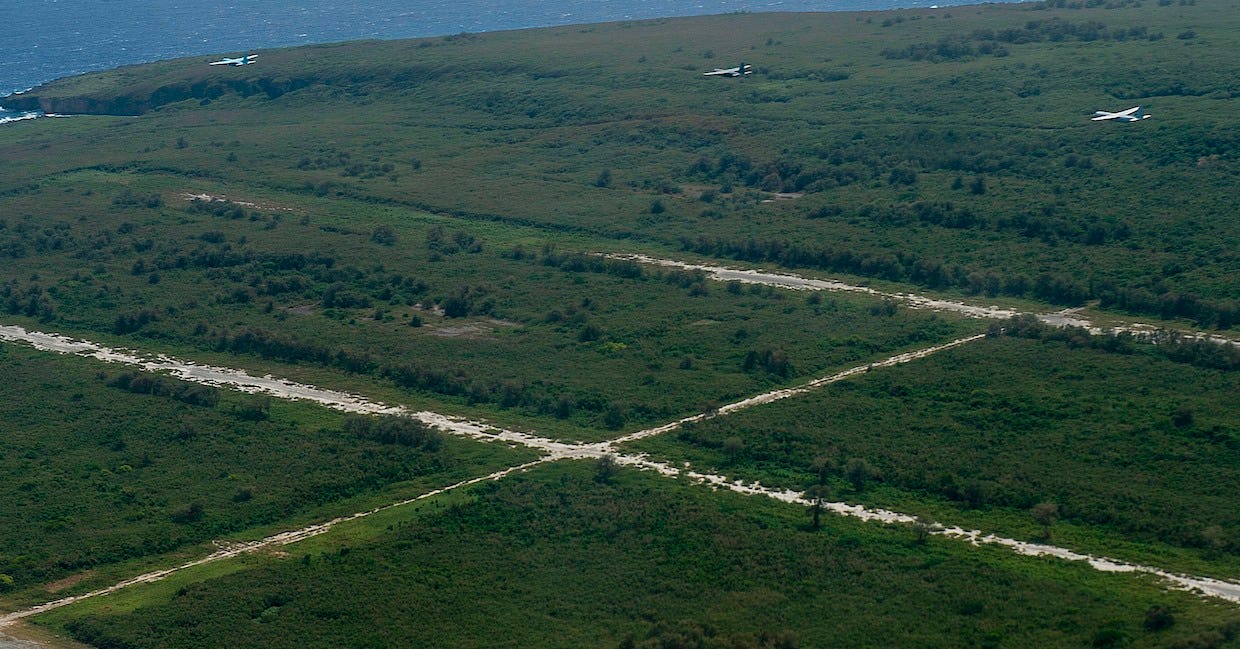



Excellent information, as usual. Given the recent stories about the U.S. plans to shift its military focus toward China, this is a particularly timely and relevant story.